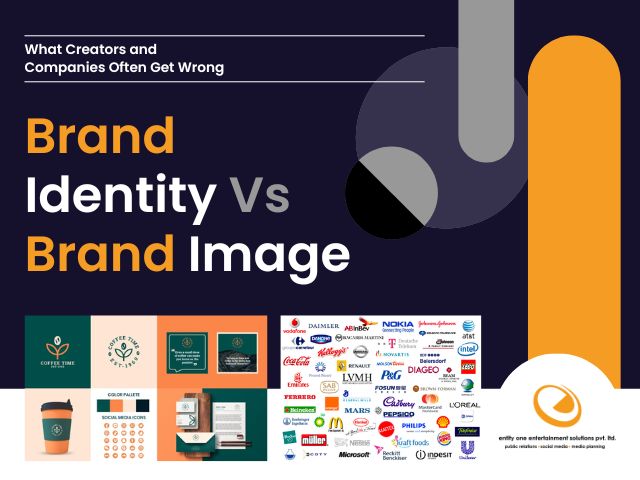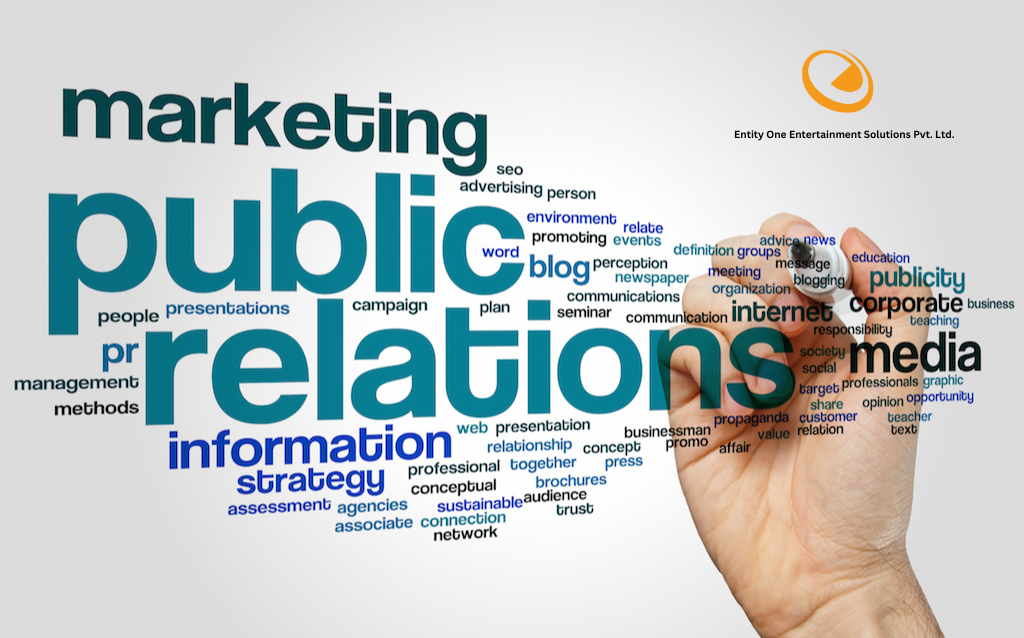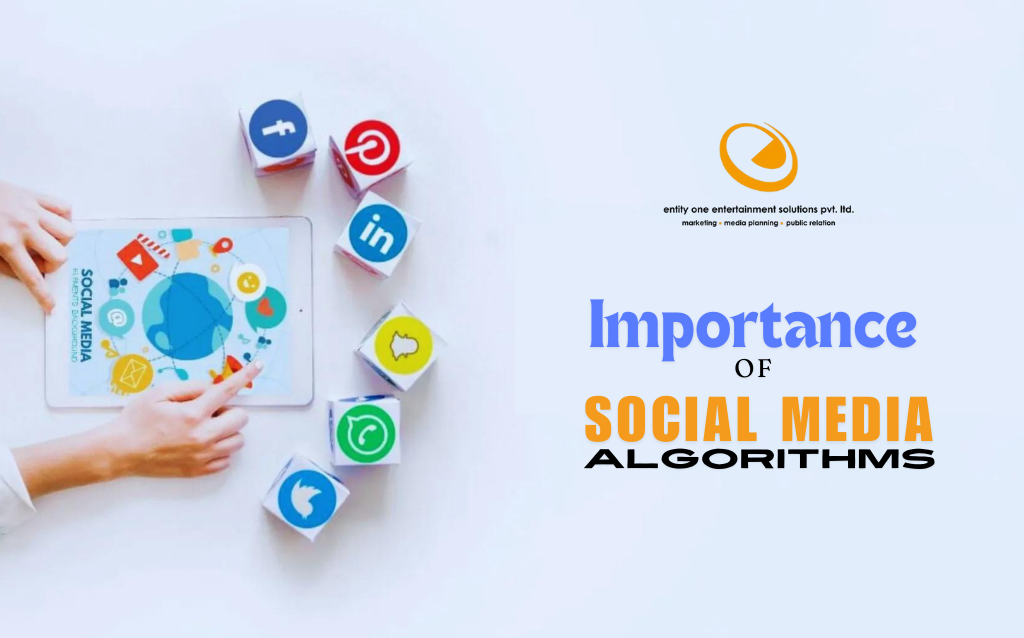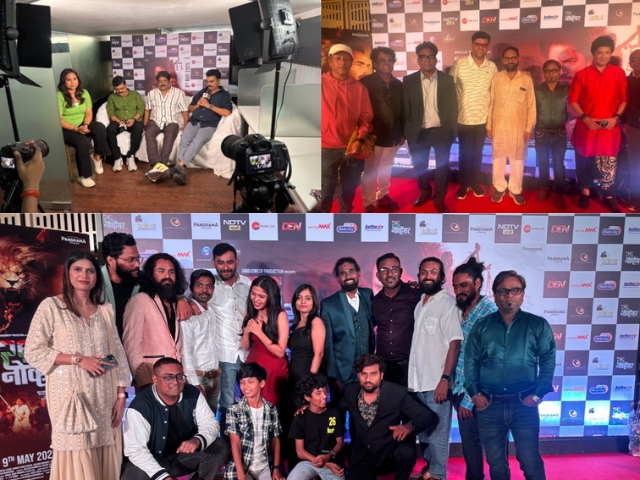Blog
- Home
- Blog

Brand Identity vs. Brand Image: What Creators and Companies Often Get Wrong
In this era of fast-paced digital marketing, having a good product isn’t enough. A strong and consistent brand strategy is required to stand out. Yet even the most skilled creators and businesses often fall into one critical trap: confusing brand identity with brand image.
They might sound alike, but brand identity and brand image play two very different roles in your branding. When your brand identity doesn’t match your brand image, you confuse your audience, and this confusion kills conversions, loyalty, and growth.
In this blog, we’ll explore the difference between brand identity and brand image, and offer actionable branding tips for small businesses and creators looking to grow in 2025.
What is Brand Identity?
Brand identity is the combination of all the elements you use to create a particular image of your brand or company. It is essentially the vision you want to project to the customers. The key components include:
- Logo, color palette, and visual design
- Tone of voice and messaging
- Brand mission and values
- Storytelling and content style
- Target audience focus
Crafting a cohesive message that reflects your goals, values, and vision is essential when creating a brand identity.
What is Brand Image?
Brand image is the actual perception the audience has of your company. This is impacted by how you interact with your audience, your content, customer service, reviews, social media, and more. Your brand image is influenced by:
- What people say about you online
- Audience experiences across touchpoints
- How consistent and trustworthy your messaging appears
- The emotional tone of your content
This is where many businesses and creators go wrong, they neglect how their audience perceives their brand.
Why the Confusion Happens
Here are a few reasons why creators and businesses struggle with aligning their brand identity and brand image:
- Too much focus on aesthetics and not enough on storytelling
- Following every trend without a clear digital marketing strategy
- Not performing regular brand audits
- Ignoring audience feedback
- Failing to evolve their brand over time
In our experience working with clients in film distribution and digital content strategy, the biggest issue is a lack of alignment. This causes your brand to look like one thing but feel like another.
Common Branding Mistakes for Creators and Businesses
Inconsistent visuals and messaging
Your brand identity design needs to be unified across all channels — your website, Instagram, YouTube, and even your email signature.
No clear audience focuses
If you don’t know your target audience, your brand image becomes blurry and ineffective.
Jumping on trends without strategy
Trends can help you go viral, but they should not replace your core brand message.
Rebranding without intention
Changing your look or tone without telling your audience why can damage brand trust. Consistency in voice and style isn’t just aesthetic, it’s how your audience recognizes and connects with your brand.
How to Align Brand Identity and Brand Image
So how do you fix the gap? Here’s a step-by-step guide on how to align brand identity and brand image:
Define your core identity
Clarify your brand positioning statement — who you are, what you offer, and who it’s for. This is crucial in building a personal brand in 2025.
Perform a brand perception audit
Look at your audience comments, reviews, and engagement metrics. Does what they say align with what you intended?
Update your visual and verbal content
Make sure your logo, social posts, tone, and video content all match your brand voice and purpose.
Ask for audience feedback
Send out polls, use Instagram Q&As, or ask directly in your content: “How would you describe my brand?” The answers may surprise you.
Stay consistent, but evolve strategically
Your brand will grow, and that’s okay. Just make sure your branding strategy grows with it.
If you want to earn trust, build recognition, and drive real growth, understanding the difference between brand identity and brand image is absolutely essential.
Whether you're a content creator, indie filmmaker, or small business, the goal is the same: create a brand that’s not just seen, but understood and remembered.
Want Help with Your Branding?
At Entity One, we specialize in brand building and management. From brand identity development to content distribution, we’ll help you align your message, visuals, and strategy to connect with your ideal audience.
Get in touch at +91 9004567395 or fill the form here, and we’ll be in touch!








.jpg)

